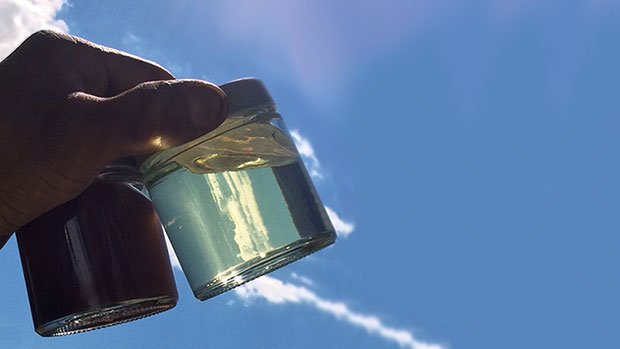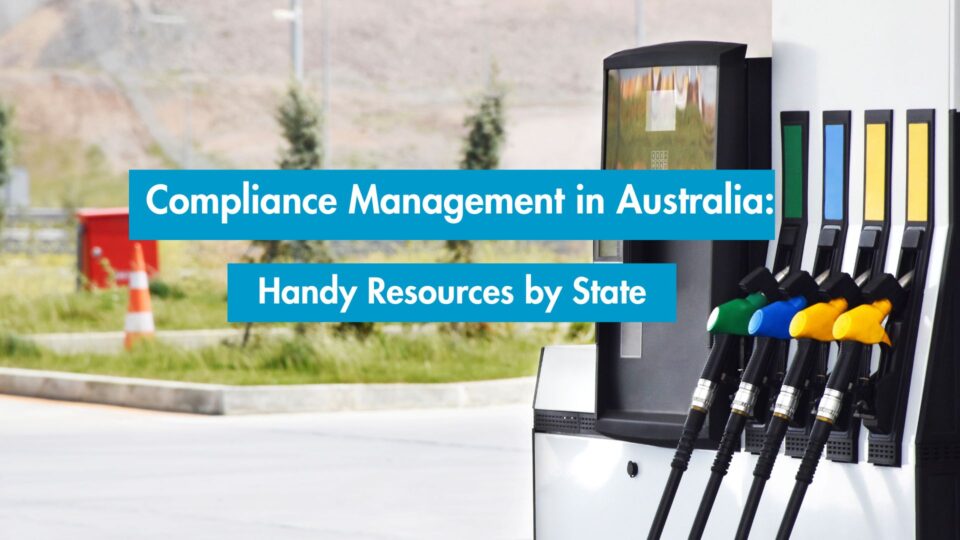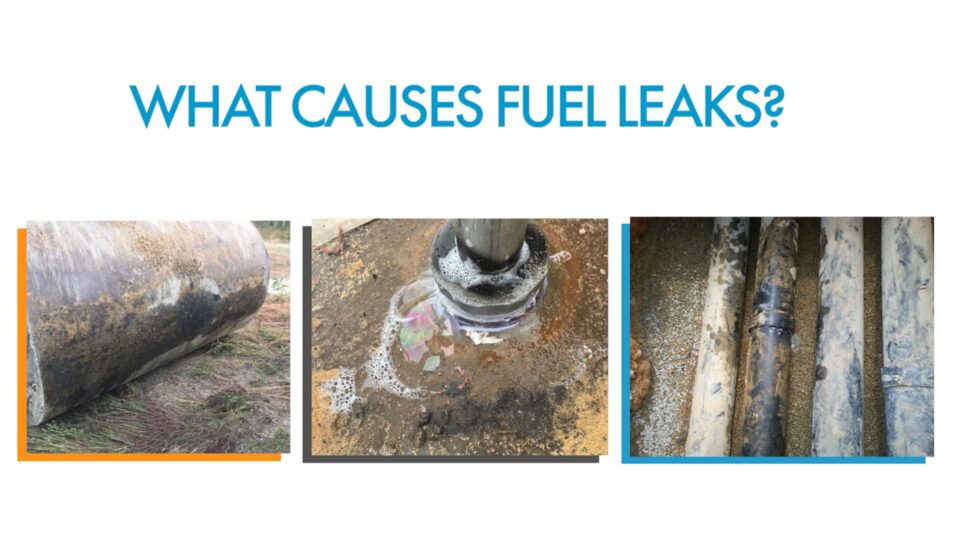- 03.07.2020
- Cleaning
Fuel Quality and why it’s important
Articles
Fuel Quality and why it’s important
This guest post originally appeared in 2018. Given the amount of inquiries we receive about resolving fuel quality issues, we are republishing this updated article with permission from the author, Chris Biellier, VP of Environmental Services & Waste Solutions Divs. & Strategic Partnerships at Seneca Companies.
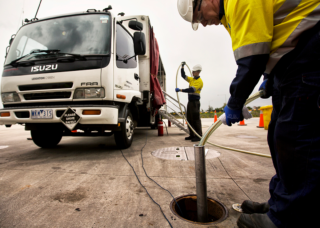
When our customers approach us with questions regarding fuel quality or fuel delivery system failures they do not want just answers or a quick fix always, but solutions.
Sometimes our approach can be reactive initially as their system is down, performing below expectations or an issue arose creating a PR customer perception situation that is not favorable.
Our efforts lead to education of why and how the condition of their system came to be as it pertains to fuel quality, what measures can be taken to minimize the effects or prevent its reoccurrence and what the consequences could be if they fail to acknowledge it exists or correct the issue.
Refining our process has become our goal whether our customer is a petroleum marketer, a commercial business or an owner of an emergency backup generator system. Each have a unique approach to attain the desired outcome of how to remedy the issue at hand.
Let’s take a deep dive into it.
1. Changing fuel chemistry and its impact on fuel quality
Since the introduction of ethanol and ultra-low sulfur diesel (ULSD), a growing number of diesel and gasoline storage tanks and dispensing systems have experienced unusual and accelerated corrosion and bacteria problems. What might have taken 10 or 20 years previously was showing up in as little as 30 to 60 days.
In 2012, a key industry research called “The Battelle Study” attributed mild steel corrosion from enhanced microbial activity in systems storing and dispensing ULSD and a correlation with the impact of ethanol cross contamination. Another common material fouling filters is a metallic coffee ground substance. Subsequently this problem has led to costly repair, blocking or slow flow or volume delivery pre-set errors.
At first, many in the industry wanted to blame ULSD for these corrosion problems or bacteria accumulation in the tank bottoms because the problem began to emerge about the same time the industry switched over to ULSD.
But ULSD is not corrosive by itself, rather it’s the bacteria that forms that create the issue. Ethanol by itself isn’t corrosive, but when combined with water in the fuel, it becomes the ‘food source’ that’s conducive to the growth of bacteria.
These bacteria convert ethanol into acetic acid, which is highly corrosive to mild carbon steel.
As it turns out, the switch to ULSD happened about the same time gasoline manufacturers started putting ethanol into gasoline. Trace amounts of ethanol-blended gasoline would get into the diesel fuel as delivery tankers switched from one product to the next – known as “switch loading.”
This cross contamination, even in small amounts, affects fuel quality.
The role of water
Ethanol and water have one thing in common; they love each other, more so than gasoline and diesel fuel. When ethanol entrained diesel fuel is discharged from a tanker into a ULSD UST with bottom water, the ethanol will migrate to the water at the bottom of the tank.
Again, it’s the water in both diesel fuel and ethanol that creates the process.
The ULSD and ethanol-blended fuel corrosion problem is like a 3-legged stool – those legs being an energy source (the ethanol), acetobacter and water.
You can’t do much about the first two, but you can monitor and remove enough water from the equation to defeat the problem.
By not transferring the ethanol from the diesel fuel to the water phase, you starve the acetobacter of the moisture and energy it needs to grow and multiply. Even if there’s no cross contamination from ethanol, diesel fuel with the presence of any amount of water creates a petri dish for bacteria to form and accumulate in the tank bottoms. Over time it will be drawn up the system to the dispensers, creating flow issues.
2. The importance of a proactive approach to managing fuel quality
Visual observation and testing should be a regular part of your maintenance schedule, including fuel polishing if the problem exists.
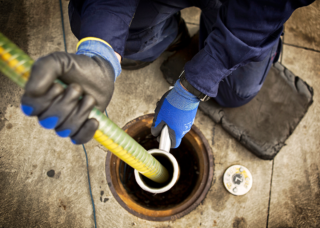
Quarterly inspections of your UST are best, semi-annually at least. Even if you have fiberglass tanks, the pipes and fittings are typically steel. You should also periodically look at the riser tube, joints and threads.
If you see rust, you have a problem. Also check your fuel filters. If you see material that resembles coffee grounds, you may have a corrosion issue. Look for rust on the dispenser filter faceplates and if your filters have them, look at any steel springs. You’ll typically see sediment in the filter media.
If you see or suspect corrosion, you need to get your fuel tanks tested. If they do test positive, you need to take some corrective measures, possibly adding biocides to your fuel storage, removing the bottom water from the tank and filtering the entire contents all the way to the dispensing nozzle.
To keep the bugs from coming back you need to nail the problem at the source by keeping water out of your fuel.
3. A “flu shot” approach
By taking a preventative ‘flu shot’ approach, you’re preserving the health of your tank system and ensuring the quality of your fuel while keeping your maintenance budget, sales and brand intact.
We have partnered with Leighton O’Brien since 2014, when we became their first US based distributor for their patented technology for fuel restoration.
Leighton O’Brien’s technologi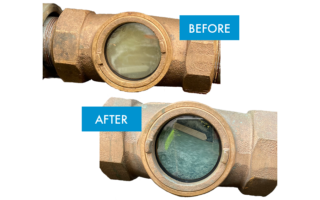 es have allowed us to clean tanks ranging in size from 1,000 to 100,000 gallons. Together with our own mobile fuel cart polishing units (MTC), we can access tanks in logistically hard to access areas such as courtyards, basements or roofs and clean diesel fuel tanks as small as 100 gallons.
es have allowed us to clean tanks ranging in size from 1,000 to 100,000 gallons. Together with our own mobile fuel cart polishing units (MTC), we can access tanks in logistically hard to access areas such as courtyards, basements or roofs and clean diesel fuel tanks as small as 100 gallons.
The key is to have maintenance practices and a proactive approach to your fuel quality management to guarantee the best fuel quality.
